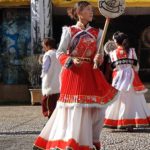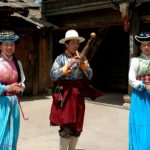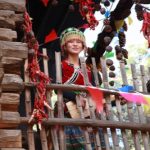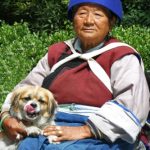Naxi
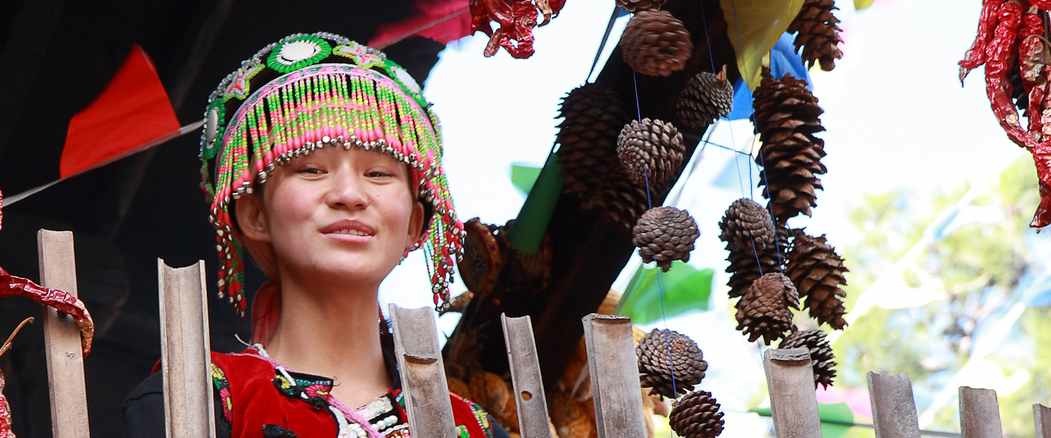
The Naxi ethnic group inhabits the foothills of the Himalayas in the shadow of the sacred and majestic Jade Dragon Mountain. The Naxi have a strong sense of ethnic identity and are very proud of their beautiful land and culture.
Naxi culture is largely a mixture of Tibetan and Han Chinese influences, along with some indigenous elements. The people are warm and kind. After a hunt, they will share a portion of the kill with a casual passerby. When visited, they will prepare six or eight delicious dishes to treat their guests. The Naxi are fond of singing and dancing, especially at weddings and funerals. The most popular songs are descriptive and short. They are sung at a very high pitch and with strong rhythms, usually accompanied by simple dances.
Most Naxi practice a mixture of ancestor worship and animism, and have a general fear of the spirit world they believe is around them. To die alone is the worst fate of all; a dying person will have a person at their side day and night. Upon expiring, someone must place a small piece of silver, a leaf of tea, and a grain of rice in their mouths to sustain them in the after-life. However, many Naxi today identify themselves as nonreligious.
The first missionaries to the Naxi arrived in 1912. By 1930, there were eight or nine baptized Naxi believers. In 1932, the Dutch Pentecostal Mission Society translated Scripture portions into Naxi, but these are now obsolete. The Naxi church was virtually destroyed in the early 1950’s. Currently there are some gospel recordings, and a modern version of the Scriptures is being prepared. There are thought to be about 200 Naxi Christians in the city of Lijiang.


